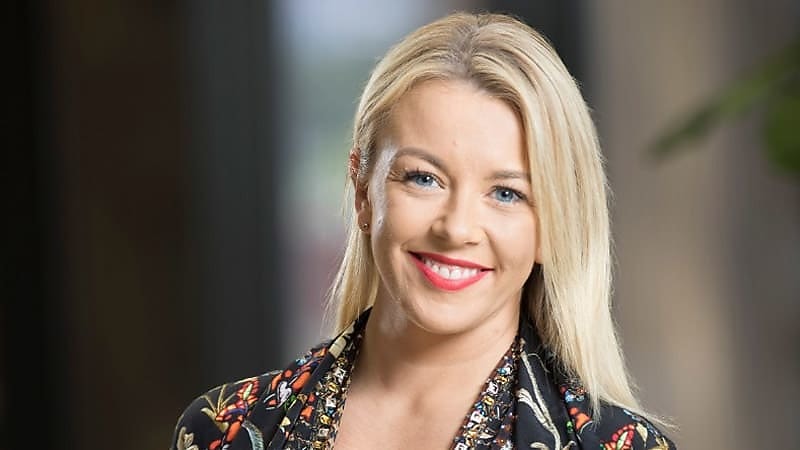The rise of younger SMSF members and what it means for accountants
A rising trend in younger Australians setting up SMSFs means accountants may need to revitalise their value proposition, according to a software firm.
With younger Australians under the age of 45 making up a significant proportion of new SMSF setups, accounting firms may want to think about how to better tailor their service to this growing client segment, according to software firm Class.
The latest ATO statistics from December 2022 show that 43.2 per cent of all establishments in the December quarter were set up by members below the age of 45.
This age group now accounts for a greater proportion of establishments compared to a decade ago when establishments for under 45s were at 34.1 per cent.
This trend is also being reflected in the client data held by Class.
“[We have seen] a strong increase in interest in SMSFs among younger members,” said Class general manager, growth, Jo Hurley.
“That’s a trend that’s been going on for a few years and it’s been steadily rising.”
ASIC’s decision to withdraw its previous guidance that SMSFs need to have at least $500,000 to be competitive with APRA-regulated funds has partly contributed to the rising numbers of younger members establishing funds.
In its revised guidance, ASIC stated that balance was only one factor for financial advisers when deciding whether an SMSF is suitable for a client.
Ms Hurley said the change in messaging around minimum balances has been helpful in changing the narrative in the market, encouraging younger Australians to consider SMSFs as a viable option earlier on.
“I also think SMSFs are more visible these days,” said Ms Hurley, speaking in an upcoming SMSF Adviser podcast.
“During COVID, we saw more people online doing research and there’s also been this rise in online providers making SMSFs more accessible, faster to establish, and just easier in general to engage with this as a potential choice.”
The government’s reforms around payday super may also potentially increase interest in SMSFs.
The SMSF Association said the move to payday super would provide “greater levels of transparency and hopefully engagement as employees will find it easier to track their SG contributions by linking it to their wage payments”.
There are some concerns from industry, however, that further legislative tinkering may discourage younger Australians from investing in their super with the government currently consulting on the objective for super.
Benefits of starting earlier
After starting her own fund at age 23 with her parents, Ms Hurley said she has seen some of the advantages of setting up a fund at younger age firsthand.
“By starting so early I really have had every chance to implement every possible strategy,” said Ms Hurley.
“It’s followed me through all of my life stages: entering the workforce and buying business real property for my business when I was a sole practitioner and running my own business, marriage and divorce, strong investment markets and really scary investment markets. It’s something that's kind of travelled with me through all of my life stages.
“I’m glad I made that decision in my 20s to start an SMSF. I’m now in a position in my mid 40s where half of my wealth sits in my SMSFs.”
Data visibility key for younger trustees
For firms servicing younger trustees, Ms Hurley said education and access to data are both critical elements.
“It’s really important that they have visibility over their member balance very quickly in those early stages so that they can see the money going in and they can start to think about setting up an investment strategy or potentially getting some investment advice early in their journey,” she said.
Providing clients with a single view of wealth is also important to ensure clients can properly assess aspects such as diversification with their investment strategy.
“What’s really been missing in the dialogue around diversification is that an SMSF is one part of someone’s entire portfolio so getting that whole view is really important,” said Ms Hurley.
Ms Hurley said she would like to see service providers and SMSF firms be able to provide their clients with dynamic modelling tools that can help illustrate the impact of strategies over a longer period.
“This could be similar to pension modelling for retirement where contribution strategies for example are modelled out over a long period of time,” she said.
“There are a lot of strategic opportunities around catch-up contributions, contribution splitting that we really want to see advisers maximising for their clients.
This could then be reviewed against investment performance and adjusted accordingly, she said.


